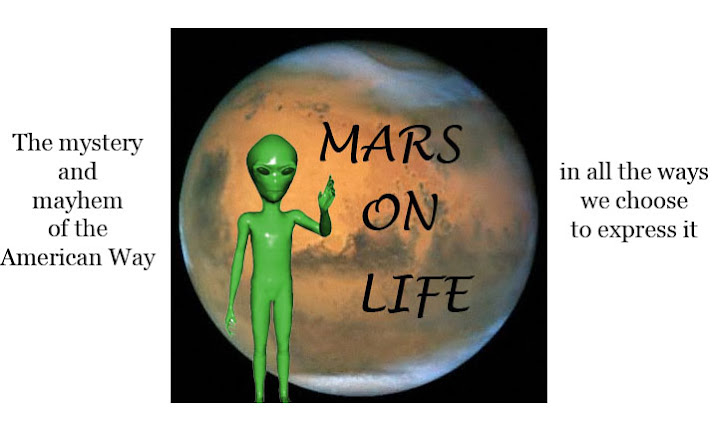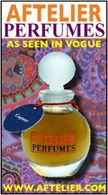
The Peter Lindbergh photograph of model Bianca Balti (right) is much indebted to the works of Weegee (Arthur Fellig, 1899-1968) and Dorothea Lange (1895-1965).
Lindbergh's strong suit is emotive, dystopian photography that often captures, as does that of both Weegee and Lange, the darker side of the human coin.
Jean-Paul Satre posited that humans self-deceive (mauvais foi), and in this belief we see the core premise of most glossy fashion photography. Editors understand our need for escapism through pageantry and theatricality, coloring the represented objects in tired, unshaded strokes. The reactions to the December cover of Vogue Paris are an example of this type of presentation. Why, asked Riz at Mode et Utopie, must we have the redundant and solipsistic imagery of woman as pretty feathered trinket?
The sacrifice of spirituality to chimera is so prevalent in art direction that it becomes a thing of dullness, creating a need for the manufacture of shock value, grotesquerie, and perversion in order to raise further reaction. When this occurs, the objects become so superfluous that they are rendered meaningless and without provocation.
Contrast the Vogue cover to the pho tographs of Weegee, of which the most famous is The Critic* (left). Weegee was a freelance photographer who coaxed the palette of human pathos from hiding in plain sight. His turf was the pavement of Manhattan and that great city's social disparities. Murders, accidents, fires, drunks, midgets: all were treated with a clinical eye that sought out essential truth as it played out on the stages of the metropolis.
tographs of Weegee, of which the most famous is The Critic* (left). Weegee was a freelance photographer who coaxed the palette of human pathos from hiding in plain sight. His turf was the pavement of Manhattan and that great city's social disparities. Murders, accidents, fires, drunks, midgets: all were treated with a clinical eye that sought out essential truth as it played out on the stages of the metropolis.
As a populist artist, and particularly in his photographs of calamity, Weegee shared a core value system with Dorothea Lange, whose own photographs of the Great Depression addressed the ignis fatuus inherent in the last threads of human effort. The calcified face of the migrant mother may appear to be exhausted of hope, yet the very strain signals otherwise; where there is the burden of worry, there is further reason to exist. Both artists took the view  of the human as responsible for the creation of his unique world, a trait lacking in the Vogue cover, which addresses only the externalized and the subjective. Charlotte Gainsbourg's feathered prey is dominated by what rests in the unseen focal point beyond the lens, and her pose and expression are a result of this influence.
of the human as responsible for the creation of his unique world, a trait lacking in the Vogue cover, which addresses only the externalized and the subjective. Charlotte Gainsbourg's feathered prey is dominated by what rests in the unseen focal point beyond the lens, and her pose and expression are a result of this influence.
Lindbergh's photo shares qualities with both: The face is Lange and the setting is Weegee. Balti broods in a fictitious landscape that she both controls and despises. There is a flip side to the timeless skein of pathos, not an outward manifestation of art-directed inhumanity.
Photos: Foto Decadent, Peter Lindbergh
©Dorothea Lange
©Weegee
*The Critic was later revealed to have been staged.
Monday, December 3, 2007
Through the Lens, Anagogically
Labels:
Bianca Balti,
Dorothea Lange,
Peter Lindbergh,
Weegee
Subscribe to:
Post Comments (Atom)









5 comments:
This is excellent! I am somewhat familiar with Lange though not Fellig/Weegee. But this is what I especially liked in this piece: "The sacrifice of spirituality to chimera is so prevalent in art direction that it becomes a thing of dullness..." I really do agree with this, and am wondering whether or not 'chimera' is a symptomatic visual manifestation of late capitalist aesthetic devolution. Incidentally, I took a grad seminar last year on Sartre with Frederic Jameson, so I am especially interested in you taking Sartre as your starting point for visual analysis of fashion photography. This is the same thing as Sartrean 'bad faith' no?
You bring up such great topics, in such an stimulating presentation. You give me hope for abstract theory. ;)
Riz, I originally studied Satre in the context of theatrical performance, so the approach wasn't so academic as yours.
Have a look around Weegee's World for more info on the photographer. I particularly like his Bowery grotesques (something you will also see in the work of Arbus).
http://museum.icp.org/museum/collections/special/weegee/
Yes, Riz, bad faith.
I wrote this piece with you in mind, in case you didn't notice!
This post is amazing, nice research and really interesting.
I remember seeing "The Critic" at the MoMA and staying in front of it for at least 5 minutes... such a wonderful image.
Thanks again for this post and its topics :)
BB, that was the photo that first hooked me on Weegee. There is such a sense of smug entitlement in the faces of the opera-goers; this makes the picture for me. The idea of American royalty is perfectly illustrated.
The joie-de-vivre in the Lower East Side pics, with their "last hurrah" quality, is amazing. I'm a big fan.
Post a Comment